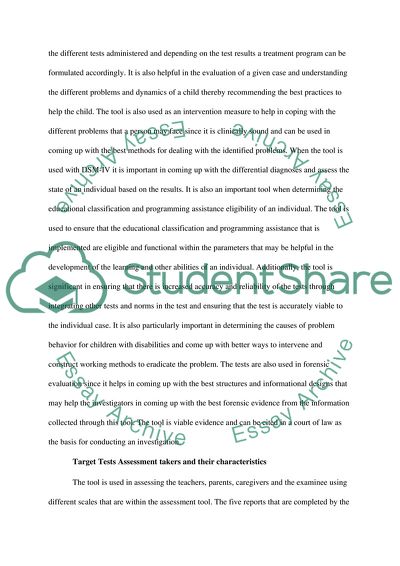Cite this document
(Behavioral Assessment System for Children-Second Edition Essay Example | Topics and Well Written Essays - 1750 words, n.d.)
Behavioral Assessment System for Children-Second Edition Essay Example | Topics and Well Written Essays - 1750 words. https://studentshare.org/education/1863198-assessment-review
Behavioral Assessment System for Children-Second Edition Essay Example | Topics and Well Written Essays - 1750 words. https://studentshare.org/education/1863198-assessment-review
(Behavioral Assessment System for Children-Second Edition Essay Example | Topics and Well Written Essays - 1750 Words)
Behavioral Assessment System for Children-Second Edition Essay Example | Topics and Well Written Essays - 1750 Words. https://studentshare.org/education/1863198-assessment-review.
Behavioral Assessment System for Children-Second Edition Essay Example | Topics and Well Written Essays - 1750 Words. https://studentshare.org/education/1863198-assessment-review.
“Behavioral Assessment System for Children-Second Edition Essay Example | Topics and Well Written Essays - 1750 Words”. https://studentshare.org/education/1863198-assessment-review.


